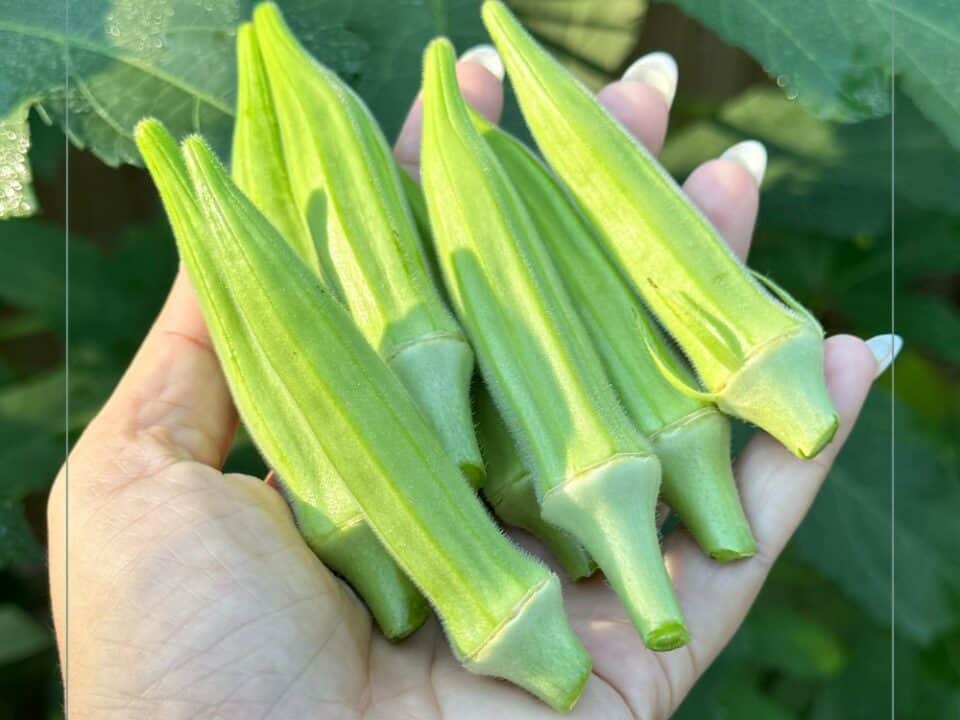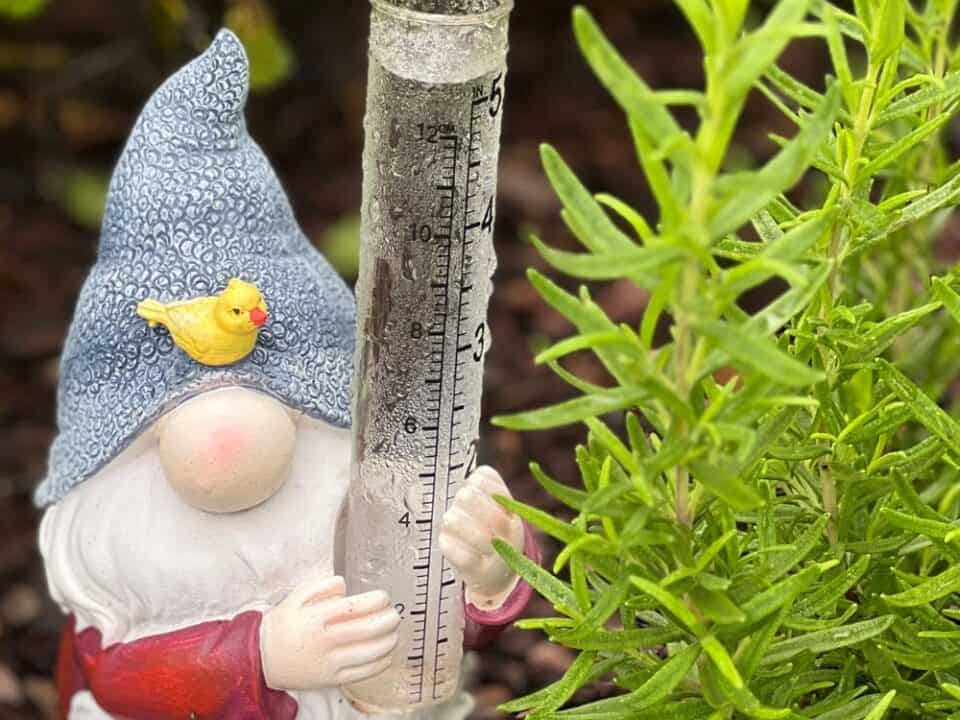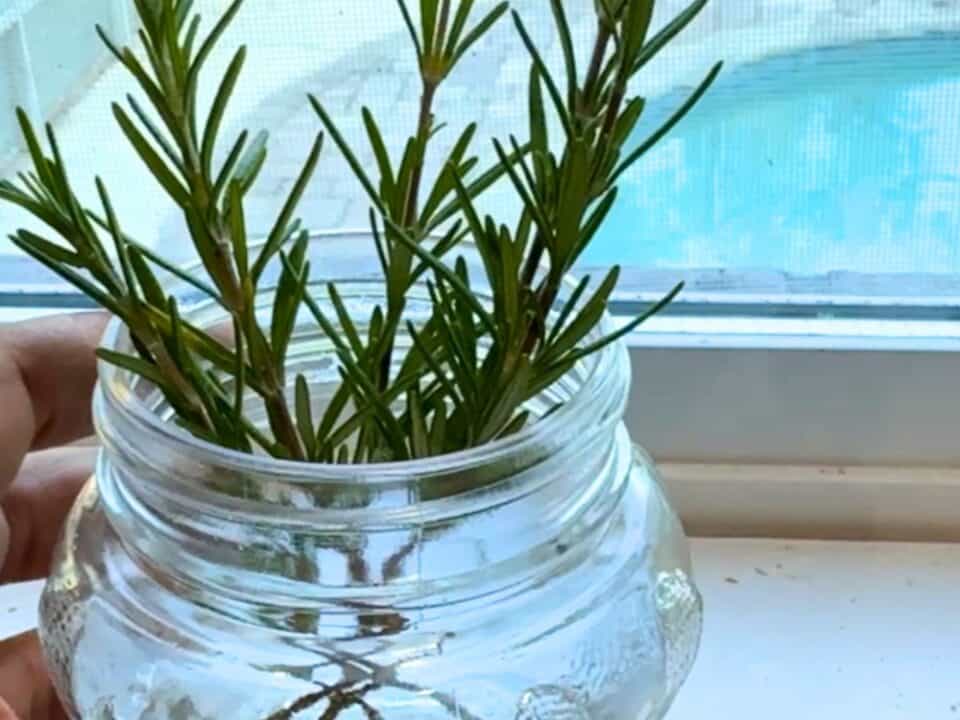Benefits of a Kitchen Garden
If you've ever thought about starting a kitchen garden but weren't sure if it’s worth the effort, let me tell you—it absolutely is. Whether you're growing fresh herbs for cooking or a variety of vegetables and fruits for your meals, the benefits of having your own garden right outside your door door are endless.
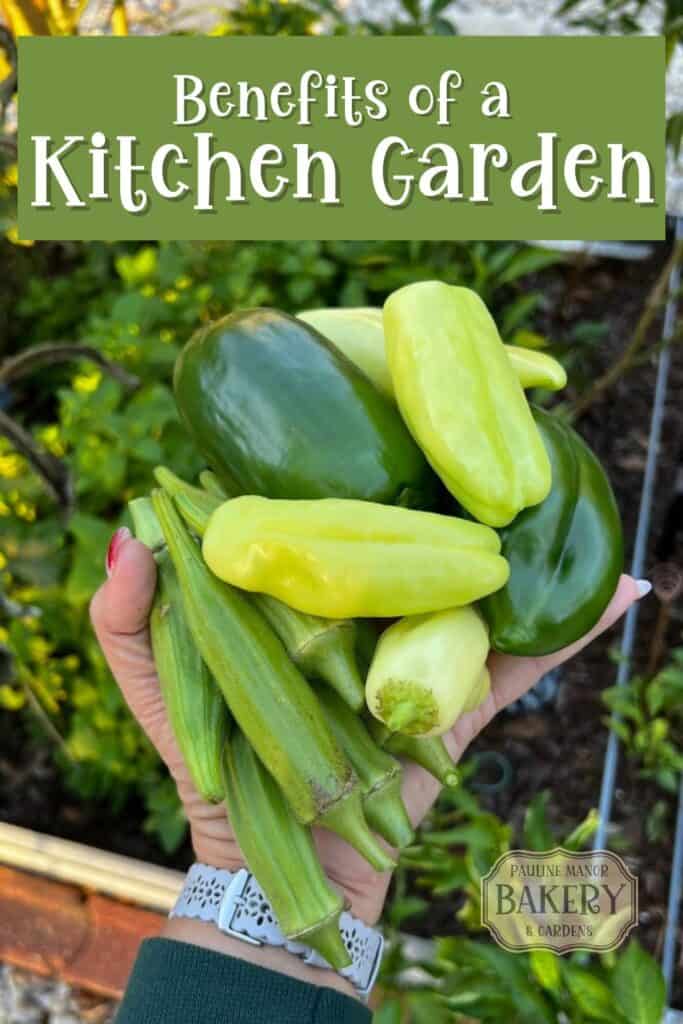
This post may contain affiliate links, which means if you click through and purchase, I may receive a commission at no cost to you. As an Amazon Associate, I earn from qualifying purchases.
What is a Kitchen Garden?
A kitchen garden is a small, personal garden where you grow fresh vegetables, herbs, and even a few fruits, typically close to your kitchen. It’s all about having easy access to the ingredients you use the most, whether that’s basil for your pasta, lettuces for a salad, or mint for your favorite cocktail.
Unlike a larger backyard garden, a kitchen garden is more focused on convenience and practicality. It’s designed to give you fresh, homegrown produce right when you need it, making cooking more flavorful and your meals a little more special. Plus, it can fit just about any space, from a corner of your yard to a few pots on your patio.
Benefits of a Kitchen Garden
A kitchen garden is more than just a way to grow your own food—it’s an easy way to save money, eat healthier, and enjoy a little more freshness in your life. Whether you’re growing herbs for cooking or veggies for your favorite meals, the benefits are practical and rewarding. It’s a simple project that can make a big difference in your everyday routine.
Fresh Ingredients at Your Fingertips
One of the biggest perks of a kitchen garden is having fresh ingredients whenever you need them. Forget last-minute runs to the store because you’re out of basil or green beans. With a kitchen garden, you can walk outside, snip what you need, and get back to cooking. (Like this fresh fried okra!)
Herbs like basil, cilantro, and rosemary thrive in small spaces (like this DIY coffee mug planter!), making herb gardening an excellent starting point for beginners. Plus, fresh herbs from your garden are so much more flavorful than dried ones or those pre-packaged options from the grocery store. The same goes for vegetables—nothing beats a salad with lettuce and tomatoes still warm from the sun. That's the kind of freshness you just can’t buy.
Healthier Eating Made Easier
Having a kitchen garden encourages healthier eating habits almost effortlessly. When fresh produce is growing right outside your door, you’re more likely to add vegetables and herbs to your meals. It’s easy to toss together a salad with freshly picked greens or whip up a quick pasta dish topped with your own homegrown herbs.
Even if you don't necessarily enjoy cooking, your kitchen garden will inspire you to try new simple recipes that include the different things that you grow. You might even find yourself snacking on raw veggies straight from the garden—I had a few okra that never made it indoors.
Saving Money on Groceries
Let’s be honest, buying fresh produce can get expensive, especially if you’re shopping organic. Starting a kitchen garden is a great way to cut down on your grocery bills. While there’s a small upfront cost for seeds, soil, and tools, the long-term savings are significant.
For example, a single packet of basil seeds costs just a few dollars and can produce more than enough leaves to keep you stocked for months. The same goes for veggies like lettuce, spinach, and zucchini, which grow quickly and provide multiple harvests. With a little planning, you can grow many of the ingredients you’d otherwise spend a fortune on at the store.
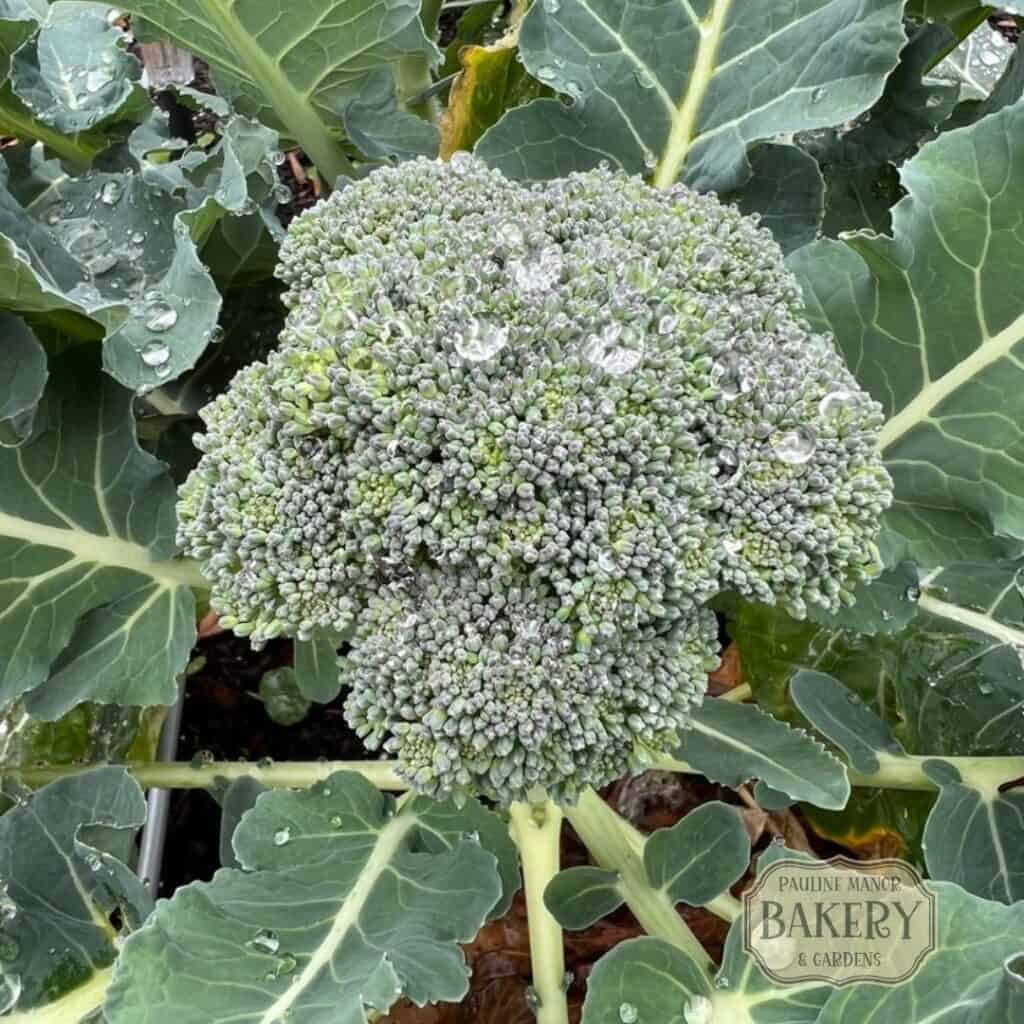
How to Start a Kitchen Garden
Starting a kitchen garden requires just a few simple steps and a little bit of care to get started. Whether you have a spacious backyard or just a small patio, you can grow fresh vegetables and herbs that will elevate your cooking and add a touch of nature to your home. From choosing the right spot to picking the plants you love, creating a kitchen garden is easier than you might think. With a bit of effort, you’ll have a steady supply of fresh, homegrown ingredients right at your fingertips.
The Vision: Planning Your Garden in Winter
The journey of a kitchen garden begins long before the first seed is planted. Winter is the perfect time for planning and gathering the supplies you need while it is too cold to plant. Take advantage of this dormant season to daydream and design your future garden. Start by asking yourself a few questions:
- What do we eat most?
- What do I want to grow?
- How much space do I have?
- What is my gardening zone?
For those of us in zone 9a, the mild winters and long growing seasons make it possible to grow a variety of crops throughout most of the year. Winter is the time to research plants that thrive in your climate, sketch out your garden layout, and make a list of tools you'll need so that you can hit the ground running (planting?) as soon as the last frost is over. Whether you're envisioning neat rows or a collection of containers, having a plan in place ensures a smooth transition when the growing season begins.
Choosing the Right Location
A kitchen garden needs three essentials: sunlight, water, and well-draining soil. Select a location that receives at least six to eight hours of direct sunlight daily as most all vegetables thrive the best in full sun. If you are able to plant your garden close to your kitchen, that is ideal, but not a requirement. At Pauline Manor, our kitchen is in the sunniest spot in the yard, tucked away from where the herd plays.
If your soil quality is less than ideal, consider raised bed gardening. Raised beds offer excellent drainage, better soil control, and are easier to maintain. Plus, they reduce strain on your back and knees while working in the garden. Building raised beds can be as simple or elaborate as you wish—whether using reclaimed wood, bricks, or prefabricated kits.
If you do not have the space for planting in the ground, there are a variety of amazing raised garden beds on wheels and vertical planters that are perfect for a porch or patio.
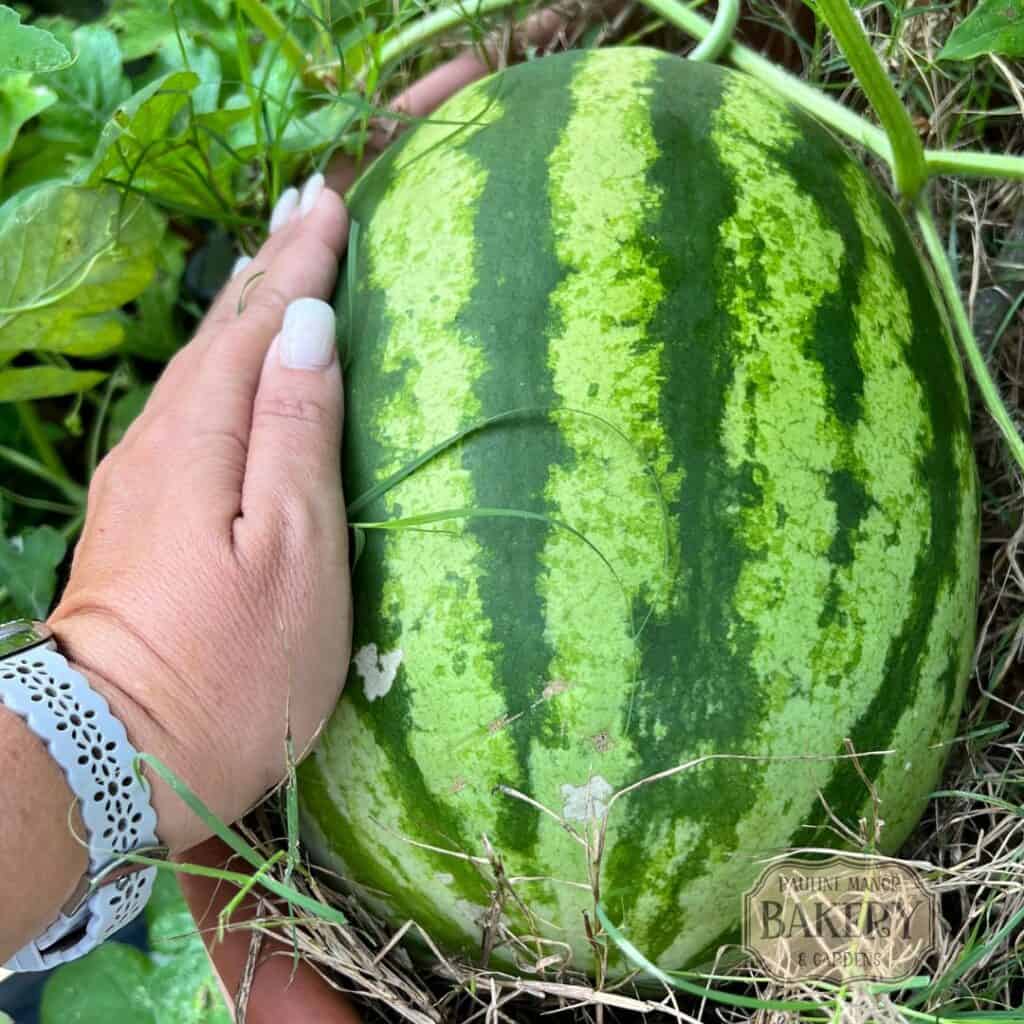
Preparing the Soil
Healthy soil is a huge part of keeping a successful kitchen garden. You can choose from a variety of soil options from your local nursery or big box store, or source for local garden soil by the truck load locally. I also recommend adding in additional nutrients such as compost and worm castings for a super nutritious foundation for your plants as well as a good draining material.
In raised bed gardening, you have the ability to create the perfect soil blend right from the start. Aim for a mix of one-third garden soil, one-third compost, and one-third aerating material like perlite or coarse sand.
Timing Is Everything: Begin Planting in Spring
If yo u are like me, you are itching to get started with the New Year, but waiting until it warms up will significantly help the success of your garden. Do not be fooled by the seedlings available in the big box stores right now. The old wives tale about not planting until after Easter always rings true.
You can start by sowing seeds directly into the ground or using starter trays indoors. Tender plants like tomatoes and cucumbers thrive when planted after the last frost, while hardy greens and root crops can handle slightly cooler temperatures.
If you go with starter trays, make sure to give your little seedlings abundant lighting as many seedlings can get “leggy” and will not thrive well once transplanted. Consider using a grow light very close to the soil to encourage your baby plants to grow strong and wide.
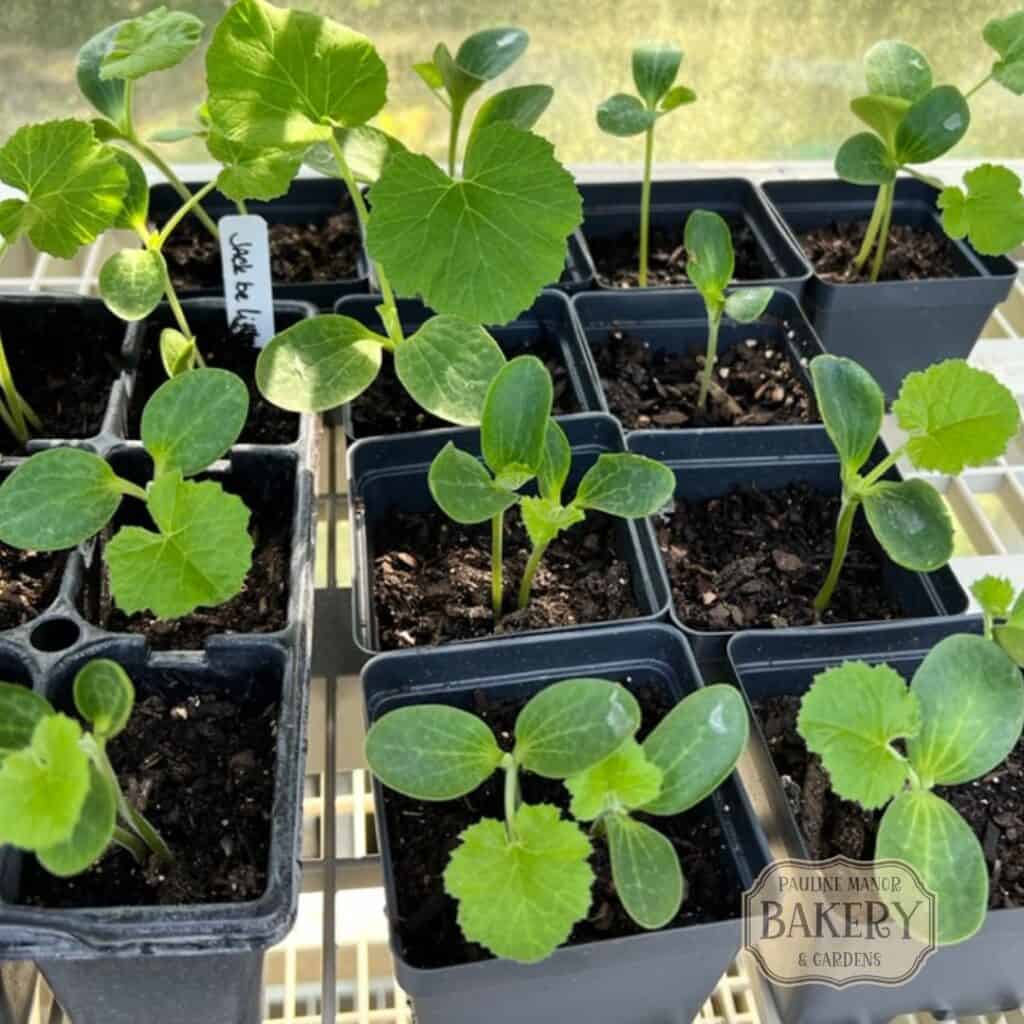
Pest and Disease Management
Probably the most frustrating part of any garden projects is pests. Aphids, slugs, and squash vine borers can decimate a garden – and quickly. Even the most meticulously planned kitchen garden will encounter pests and diseases, so do not get discouraged… it happens to the best of us! The key is to act quickly and use eco-friendly solutions. Here are some tips:
- Plant marigolds, nasturtiums, or other companion plants to deter pests. These fragrant flowers release strong, pungent scents and chemicals from their leaves and roots that many insects find unpleasant. This is a great way to repel pests and add beauty to the garden. Its a win-win!
- Use neem oil or insecticidal soap to control aphids and other common invaders. Organic pest control is always the best solution when working with plants you intend to eat. Neem oil, diatomaceous earth and bacillus thuringiensis or “bt” will become your best friends as a kitchen gardener.
- Rotate your crops each year to prevent soil-borne diseases. By switching plant families—like planting leafy greens where you previously grew tomatoes—you’ll help maintain soil health, disrupt pest cycles, and encourage a more balanced nutrient profile in the soil.
Regularly inspect your plants for signs of trouble, such as yellowing leaves, chewed edges, or unusual spots. Addressing issues early can save your garden from more significant problems down the line.
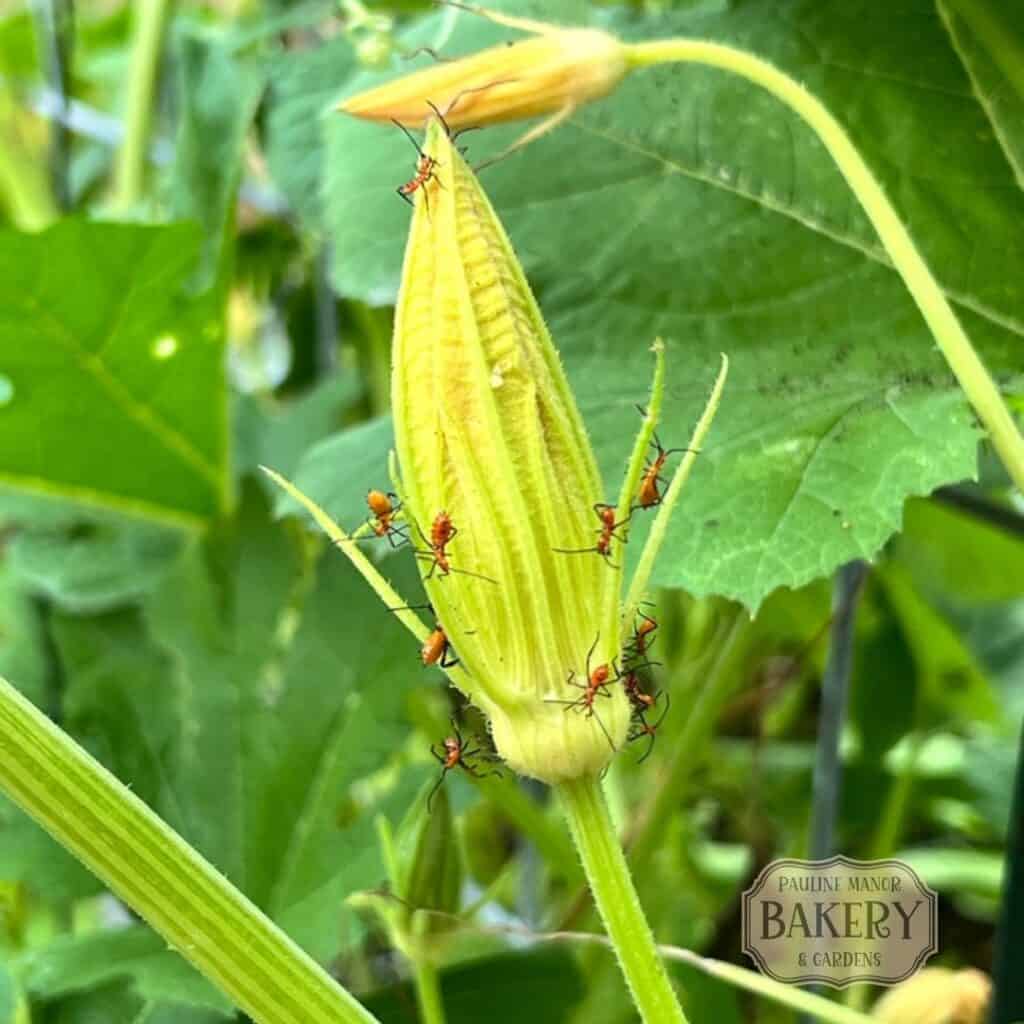
Harvesting and Maintaining Your Garden
There’s no greater satisfaction than harvesting your own produce, carrying it inside, and making something delicious for you and your family to enjoy. The good news is that with most vegetables, the more you harvest, the more will grow. There is a joke about having enough zucchini to feed the neighborhood – for me it was okra! I could not cook it fast enough!
Beyond just harvesting, there is regular maintenance style tasks that can be done in the garden daily. Regularly weed your garden to prevent competition for nutrients, prune plants as needed to remove dead or damaged leaves, and fertilize every few weeks with an organic fertilizer tailored to your crops. These tasks should not be thought of as “chores” that you have to do… but as a cathartic practice of grounding that lets you slow down and enjoy the process.
Stress Relief and Mental Health Benefits
Gardening has long been recognized as a natural way to relieve stress and improve mental health, and recent studies back up its benefits. According to research published in the Journal of Health Psychology, gardening can significantly lower cortisol levels—the hormone associated with stress—after just 30 minutes of activity. This makes it a great way to unwind after a busy day or start your day on the right track.
The repetitive motions of planting, weeding, and watering are not only meditative but also help to create a calming routine, giving your mind a chance to relax and recharge. With our screen-heavy society, getting to “log off” for a while and focus on something else is a great way to unplug and unwind. Being surrounded by plants and nature has also been shown to reduce feelings of anxiety and depression, providing a soothing, grounding experience.
Digging in the soil even has physical benefits, as some scientists suggest that exposure to certain soil bacteria can trigger the release of serotonin, the body’s natural “feel-good” chemical. It’s a simple yet effective way to find joy in small, everyday moments.
And of course, do not under estimate the power of simply sitting in the garden, surrounded by nothing but plants and pollinators. At Pauline Manor I included a bunch of solar lights for the garden that let me enjoy some downtime even when it is dark outside.
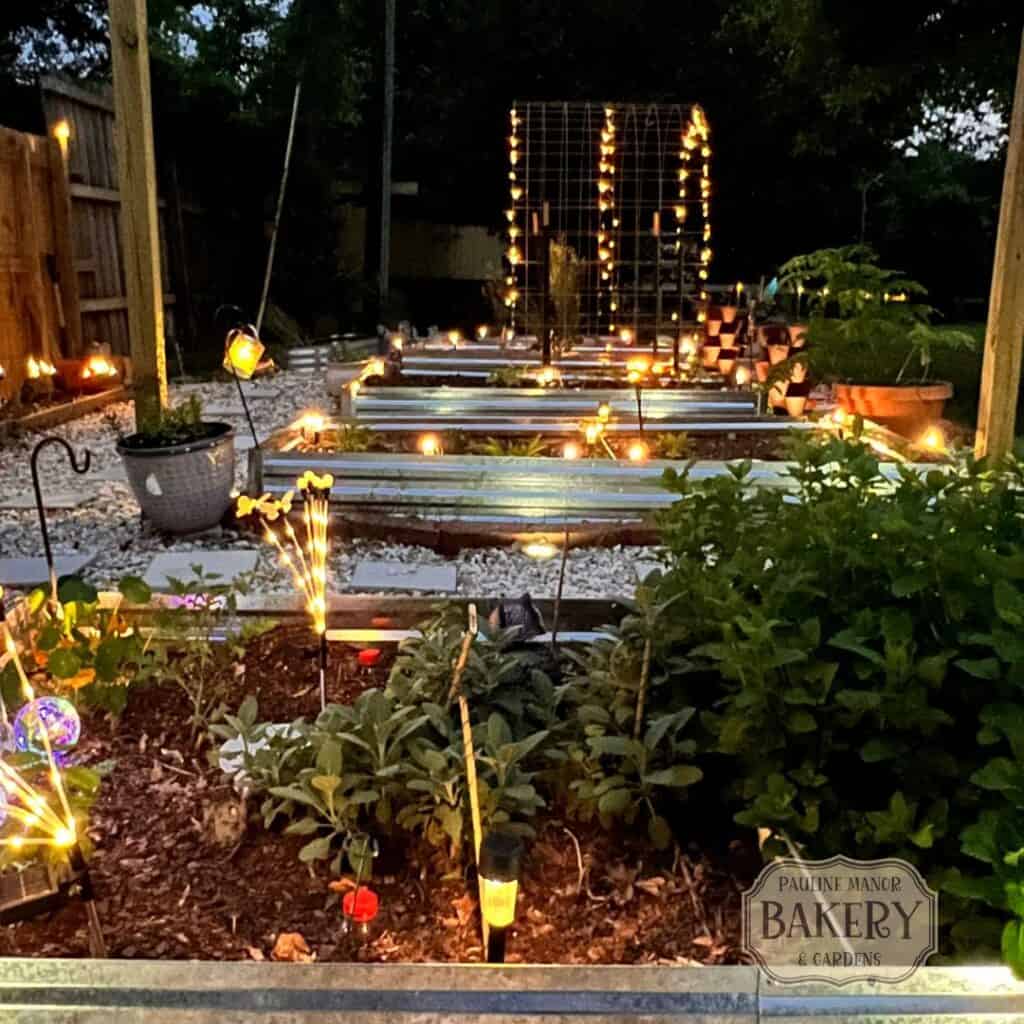
Conclusion
Starting a kitchen garden is one of the most rewarding things you can do for yourself and your family. Whether it’s the convenience of fresh ingredients, the joy of trying simple recipes, or the calming benefits of spending time outside, the positives far outweigh the effort that it takes to maintain a thriving garden of any size. From raised bed gardening to herb gardening, there are plenty of ways to make your garden to fit your needs and your lifestyle.
Your kitchen garden doesn’t have to be big or perfect—it just has to get started. Before you know it, you’ll be sipping homemade herbal tea, enjoying fresh meals, and wondering why you didn’t start your kitchen garden project sooner.

